
The restaurant industry was all but devastated when the pandemic struck. Though it has still not recovered, food establishments, including fine dining restaurants, are finding new ways to serve customers.
Etiquette — good manners — is a code of behavior, a set of (highly variable) rules governing how we should behave, theoretically at least, in order to bring the least offense to our fellow citizens. It’s about being polite — about not imposing on other people or invading their space, about not embarrassing them or yourself.
What is or isn’t good etiquette, of course, is fairly arbitrary, and the specifics vary considerably from society to society and even in the same place they constantly evolve, reflecting cultural changes and altered practical concerns.
There are many kinds of etiquette — the etiquette of the workplace, of the golf course, of the concert hall, of Buckingham Palace. And of course there’s the etiquette of the dining table.
Presumably, most people know the basics: use your napkin, keep your elbows off the table, don’t shovel your food into your mouth, and such.
A celebrated authority on etiquette, the Emily Post Institute, has published a list of the top 10 table manners, including the aforementioned three. These should be the rule no matter where you’re eating, whether it’s at a picnic table or a burger joint, or one of the best restaurants in America.
Dining at a fancy restaurant — one with serious food, attractive design, and formal service — comes with its own set of rules, though. These are rarified atmospheres, places where people come for a memorable experience and not just good food. They’re almost always expensive, too, which means that for at least some of their customers, that experience will be a rarity — a special treat for a birthday or anniversary or another occasion that won’t get repeated very often.
Click here for 25 things you should never, ever do at a fancy restaurant.
Bad manners on the part of somebody at the table or near enough to notice can ruin that would-be memorable experience and should be avoided at all costs. Some rules of restaurant etiquette that would once have been commonplace have been largely forgotten today, as even good restaurants grow ever more informal, and even nice, intelligent people focus more on themselves and their cellphones than on others. These are some dining-out etiquette rules than should come back.
They’re not the only things we should be aware of when we’re enjoying a fine meal in rarified surroundings, though. Remembering these 25 things when we’re dining in a fancy restaurant will improve the dining-out experience for everyone there — ourselves included.
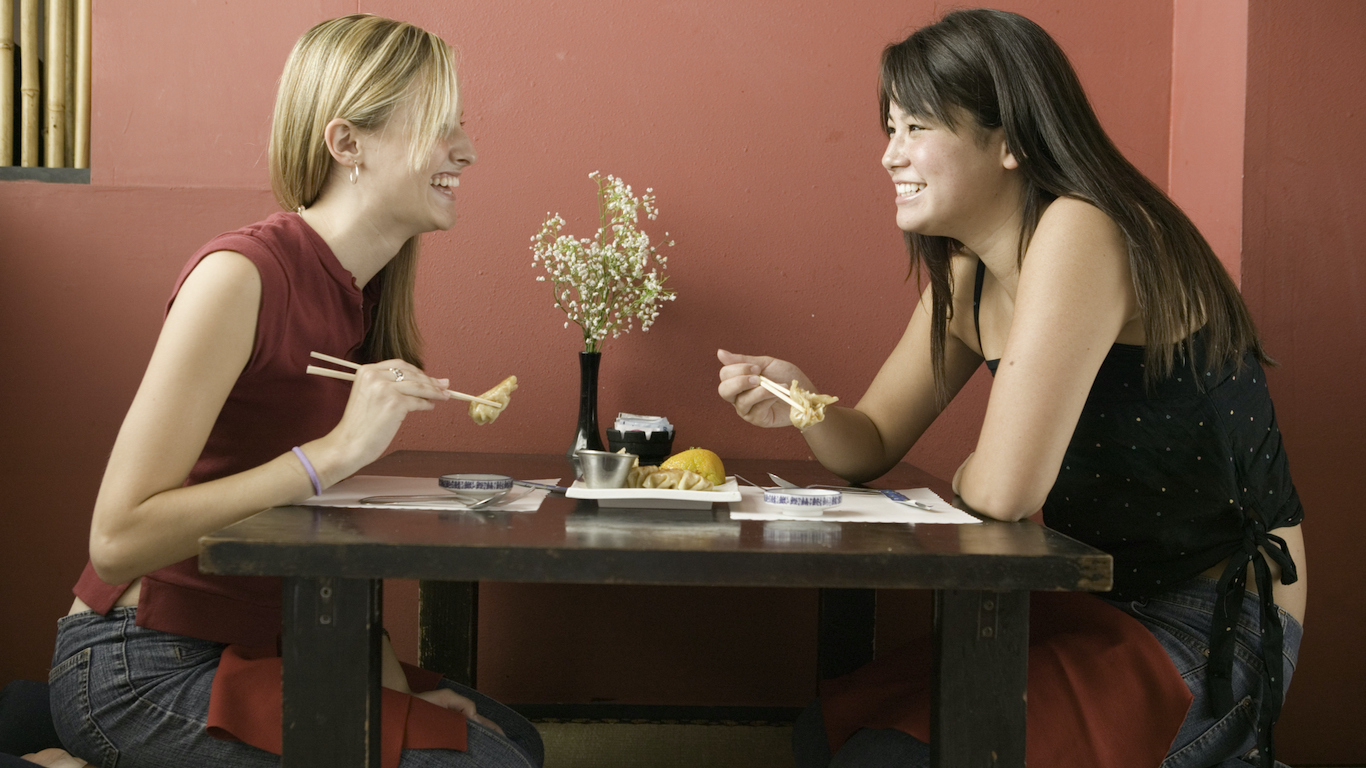
1. Dress like a slob
Even if a restaurant doesn’t have a dress code, remember that you’re in a nice place where people are probably paying a lot to dine and they might not think that your dirty t-shirt or baggy shorts add to the experience.
[in-text-ad]
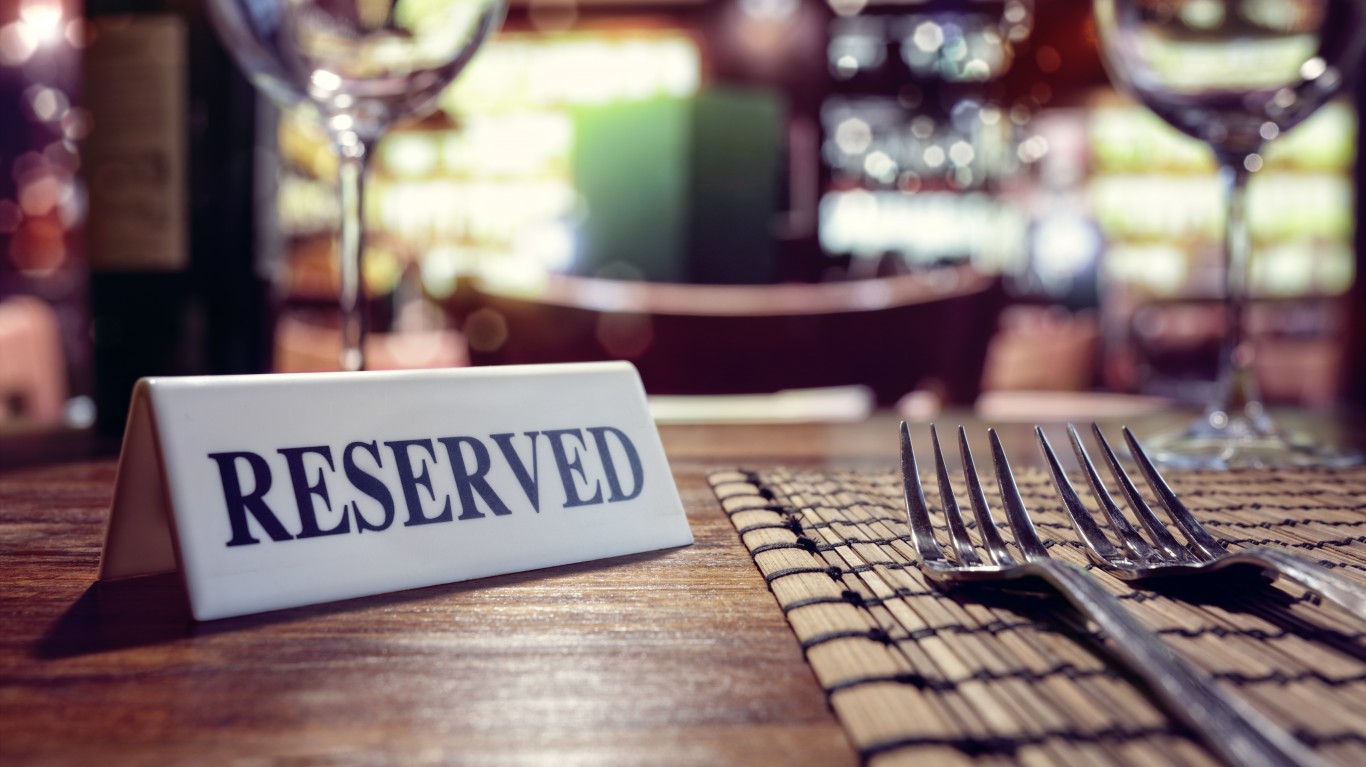
2. Fail to cancel a reservation
A reservation is a kind of unwritten contract between you and the restaurant. If you can’t keep your side of the bargain, let them know as soon as possible. It’s considerate to the establishment and to other people who might want the table.
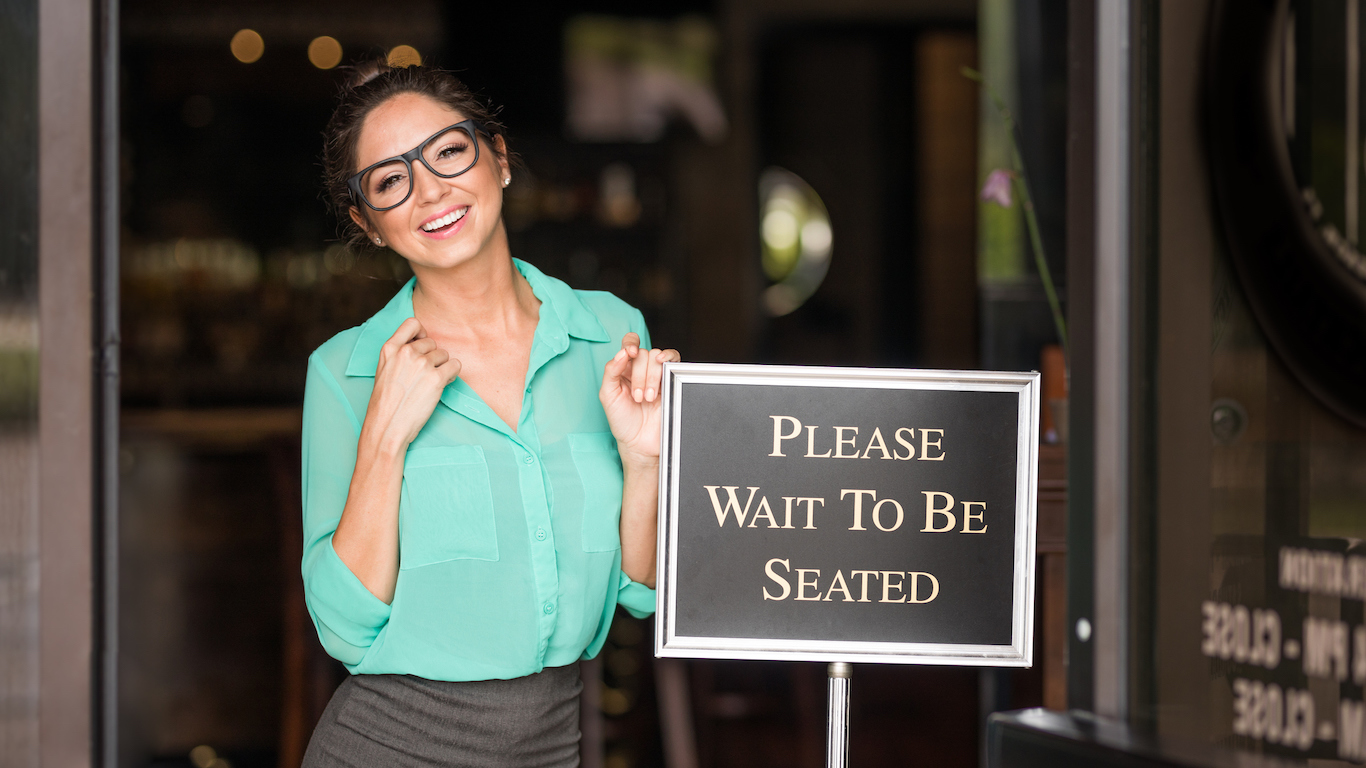
3. Sit down without the approval of the host
Hosts juggle complicated seating plans based on servers’ stations, special requests, and reservation timing. Wait to be seated, and if you don’t like your table, ask to be moved. They’ll usually accommodate you.

4. Pretend you know what unfamiliar dishes are
If the menu lists food terms you don’t understand, ask for an explanation. You’ll be happier if you don’t have to send something back because it isn’t what you thought it was, and the kitchen will be too.
[in-text-ad-2]

5. Claim to have allergies you don’t have
Restaurants take customer allergies very seriously, but allergies aren’t the same as simple likes and dislikes. If you just say “I don’t like eggs,” they’ll make sure there are no eggs on the tasting menu. If you say you’re allergic to them, a busy kitchen might have to take extra time and trouble to make sure no egg has touched anything you’re being served.
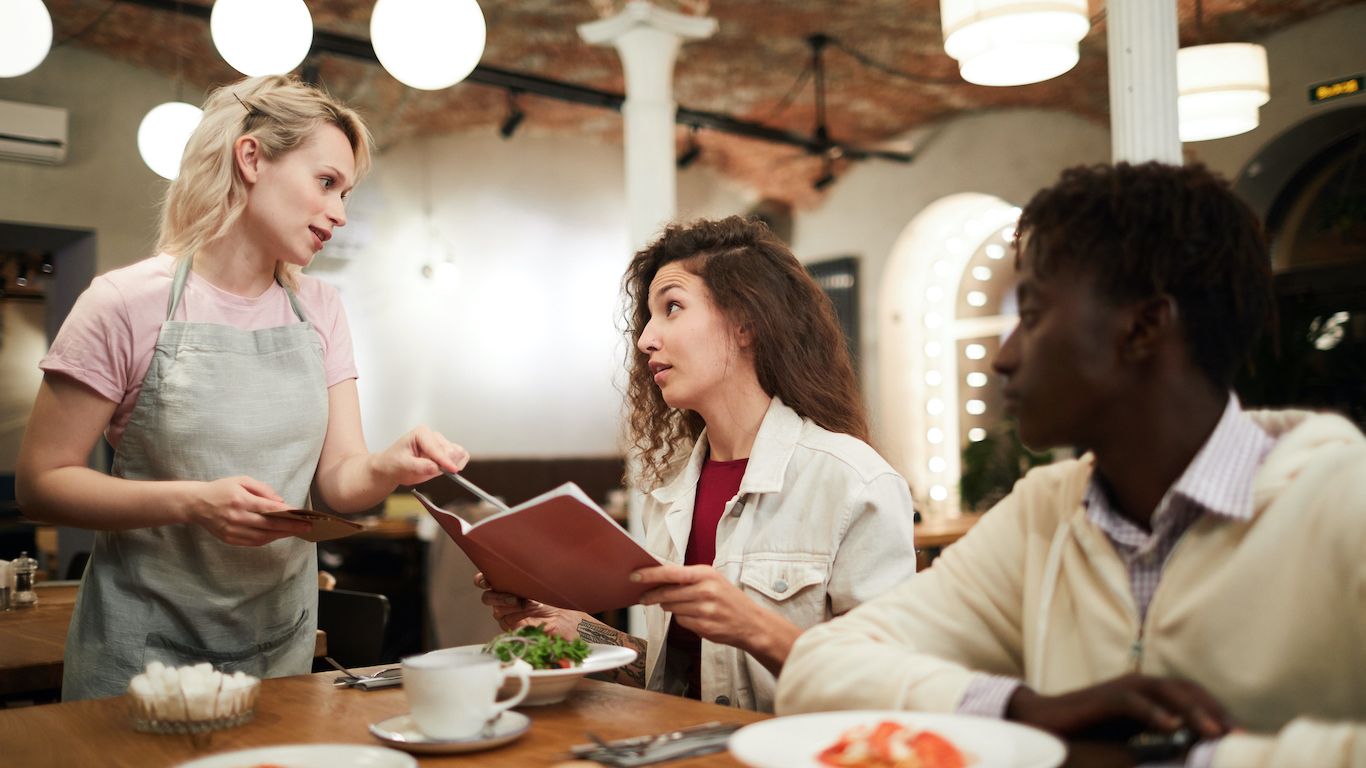
6. Ask for too many substitutions
In restaurants with particularly creative chefs preparing highly original dishes, substitutions simply aren’t possible. In more conventional places, it’s usually fine to ask if you can have mashed instead of baked or ranch instead of blue cheese, but if customizing your order requires more than a couple of changes, you’re probably eating in the wrong place.
[in-text-ad]

7. Send the wine back just because you don’t like it
If a wine you’ve ordered has strong off flavors or aromas or flavors — if, for instance, it’s “corked” (having a moldy cardboard smell caused by a chemical called TCA) or tastes unpleasantly raisiny when it’s supposed to be dry — the restaurant will happily replace it with another bottle. Otherwise, you bought it, you own it. (Restaurants will sometimes replace it anyway to keep the diner happy, but it’s their call.)
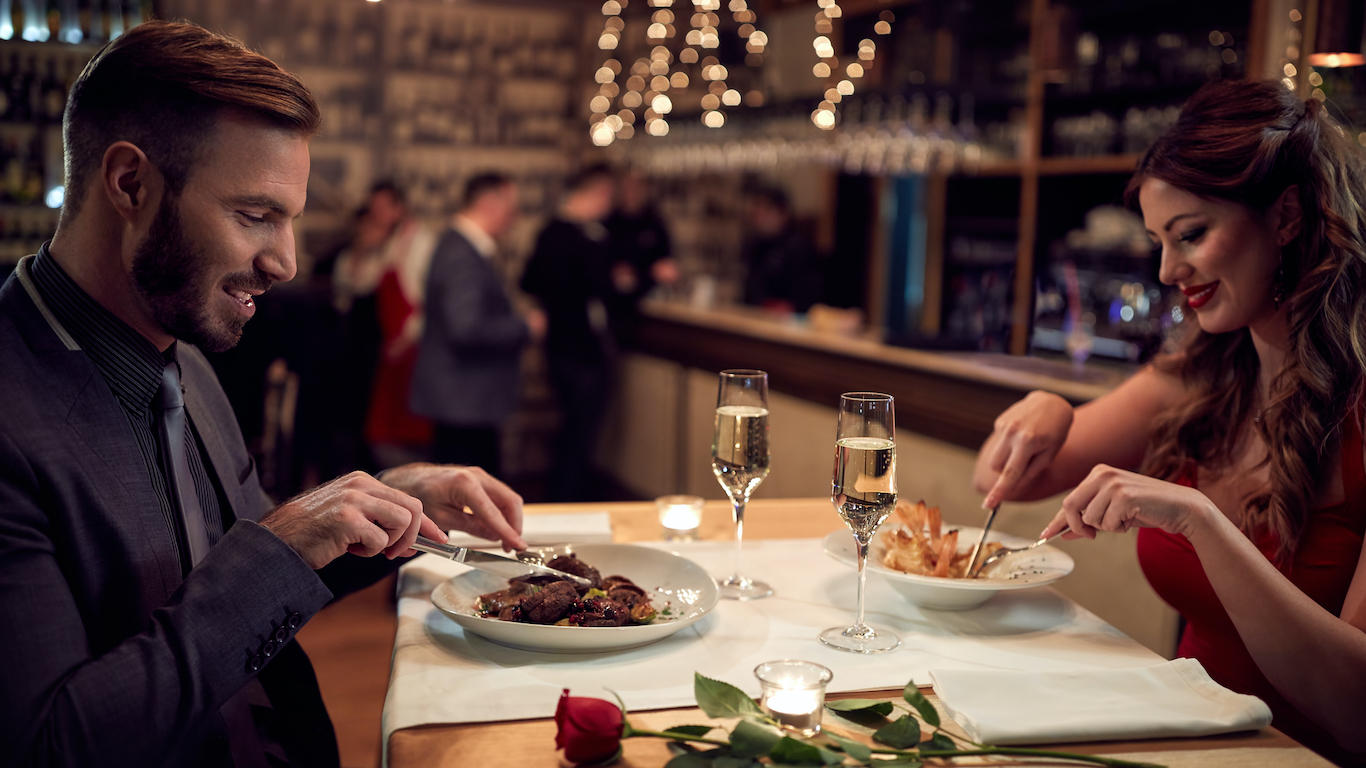
8. Start eating before everyone is served
If everyone’s food doesn’t come out at the same time, the time differential will likely be a small one and chances are you won’t starve to death if you wait until your tablemates are served.

9. Salt and pepper your food before tasting it
Your mother probably told you this. If you’re in a good restaurant, the chef probably knows how to season food. Try it first, then add the salt and pepper if you really think it needs it.
[in-text-ad-2]
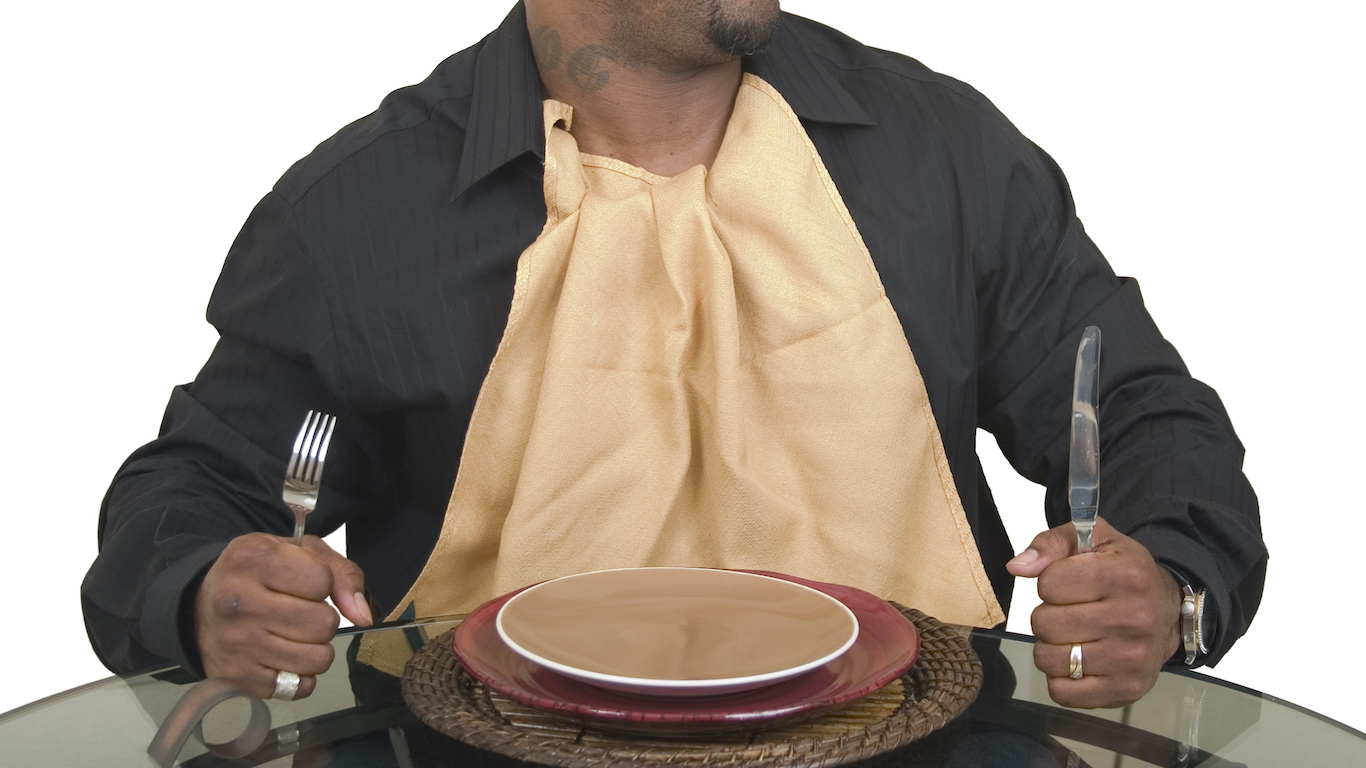
10. Tuck your napkin into your collar
If you’re afraid you’ll drip sauce on your necktie or silk blouse, just lean over your plate a little. Grownups don’t need bibs. (The exception, of course, is that staple of seafood houses — the lobster bib.)
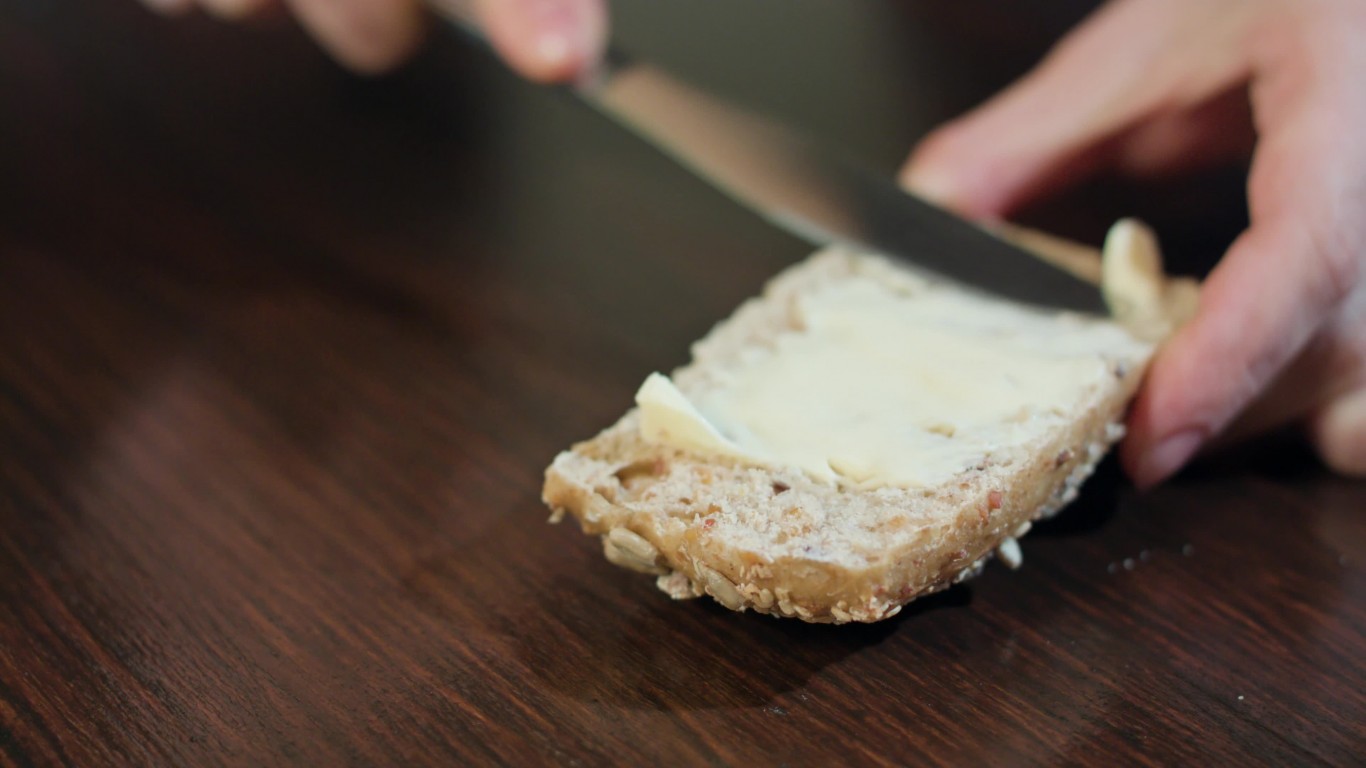
11. Butter your dinner roll all at once
You wouldn’t (we hope) pour soy sauce over all your sushi at once or dip all those croutons in the fondue simultaneously. Proper etiquette is to tear off one bite-size piece of bread at a time and butter it (with the butter knife) just before you eat it.
[in-text-ad]
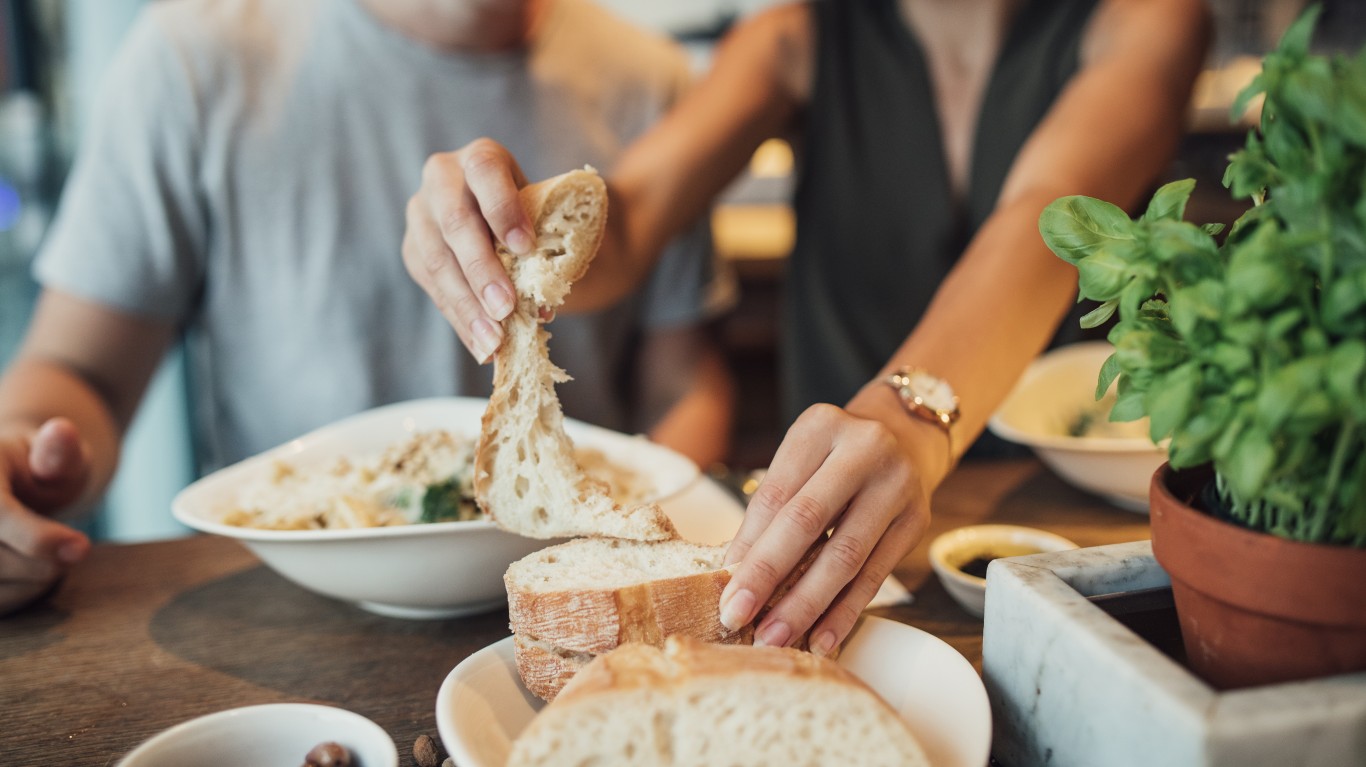
12. Reach across the table
Mom probably told you this one, too. In reaching for something across the table, you invade your companions’ space — and risk knocking over that bottle of red wine.
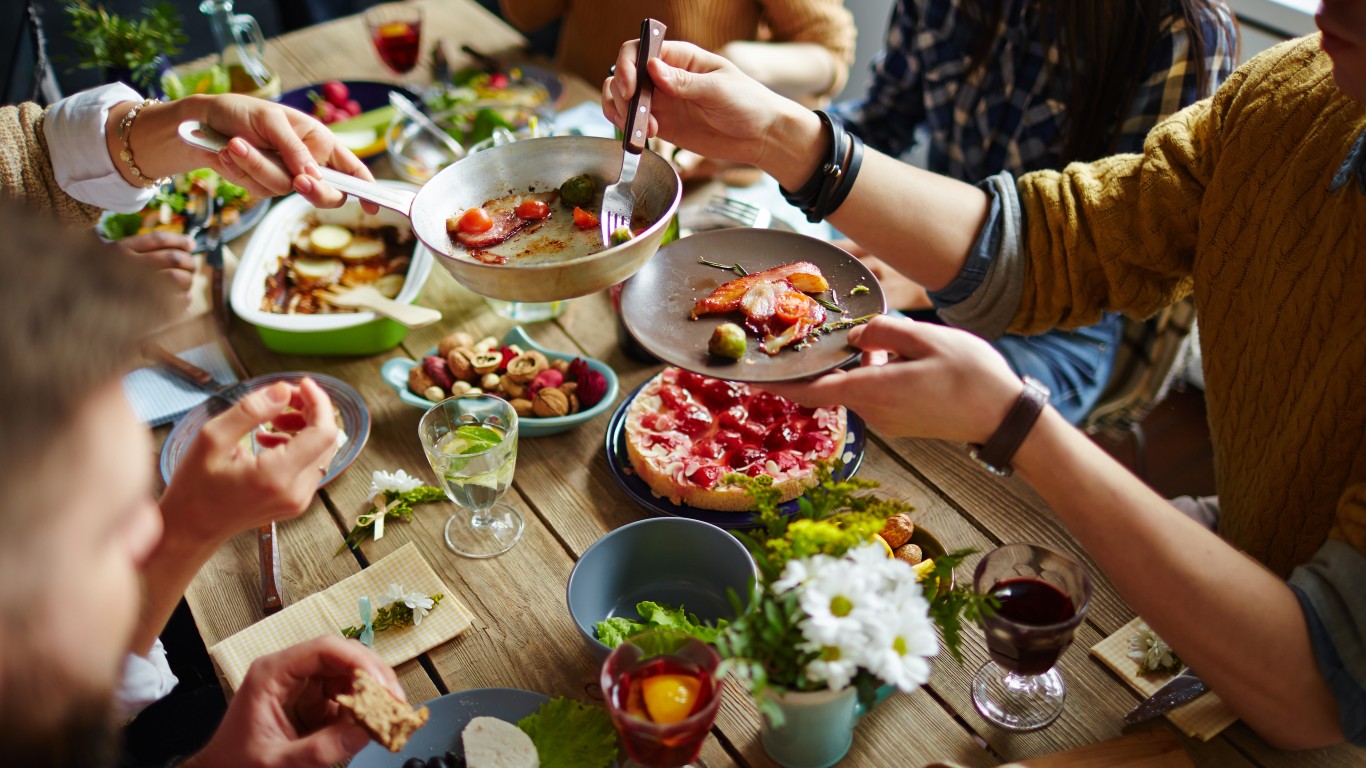
13. Eat more than your share of a sharing plate
Restaurants, even fancy ones, have the annoying habit of serving odd numbers of items on “sharing plates,” when most restaurant parties have even numbers, but that doesn’t mean you get the extras. Be generous. Show some restraint.
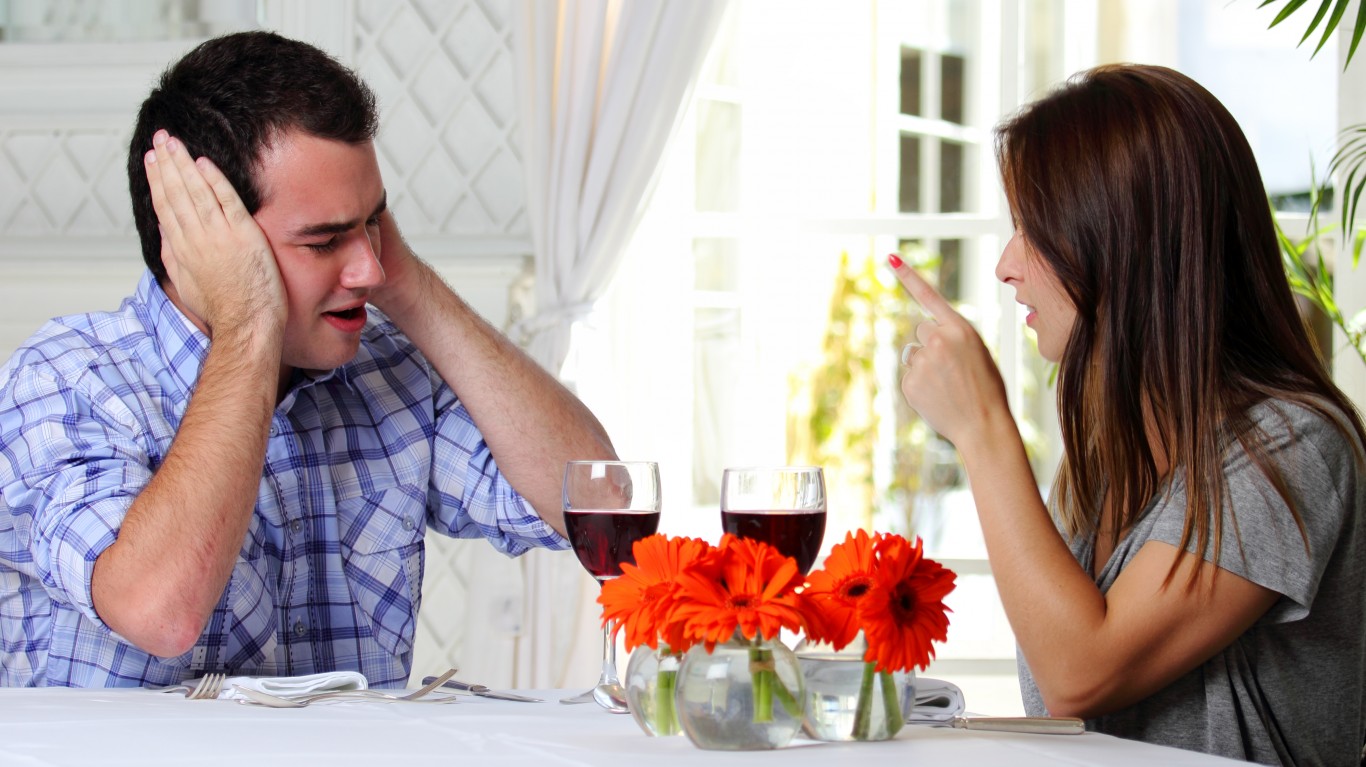
14. Talk too loudly
Chances are pretty good that the other diners in the restaurant have conversations of their own to conduct and probably don’t want to be part of yours. Use your indoor voice — even if you’re on a restaurant patio. (If you’re in a place with a very high noise level, of course, you’ll have to use some volume — but make sure you’re not the loudest thing in the room.)
[in-text-ad-2]

15. Argue with your tablemates
The old rule was that you should never talk religion or politics at the table, and there are plenty of other potentially contentious subjects that are best avoided these days, too. People come to restaurants to relax and have a good time, and probably to focus on the food. Leave the strife at the door.

16. Talk with your mouth full
Mom again. Nobody wants to see your partially masticated charred rare ribeye or pad Thai — and, anyway, they won’t understand what you’re saying if you’re talking through whatever it is you’re chewing on.
[in-text-ad]
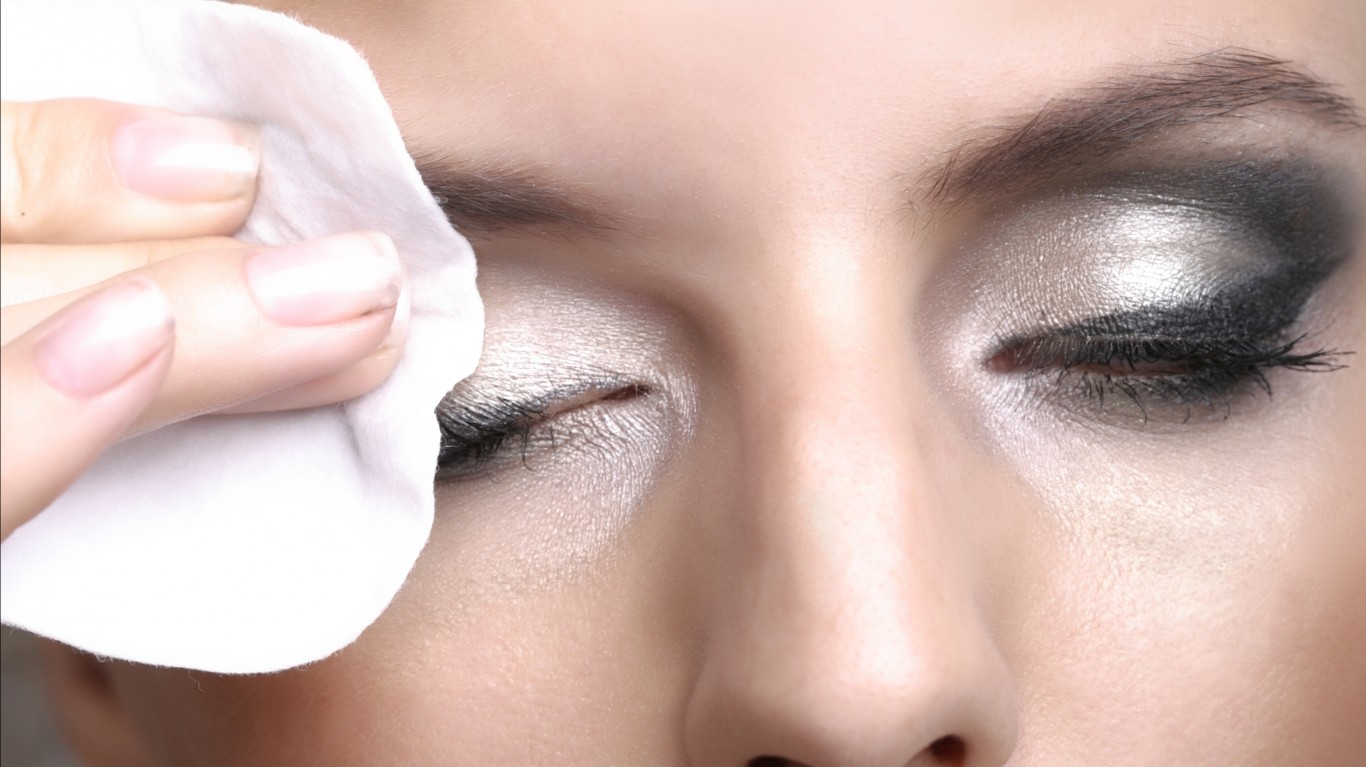
17. Fix your makeup at the table
Does this really have to be explained? They have nice big mirrors in the restroom.

18. Pick your teeth at the table
Getting food stuck in your teeth can be very annoying, but not as annoying as watching someone trying to pry it out. If you can’t suffer in silence for a while, excuse yourself and head for the restroom. You can check your makeup while you’re there.
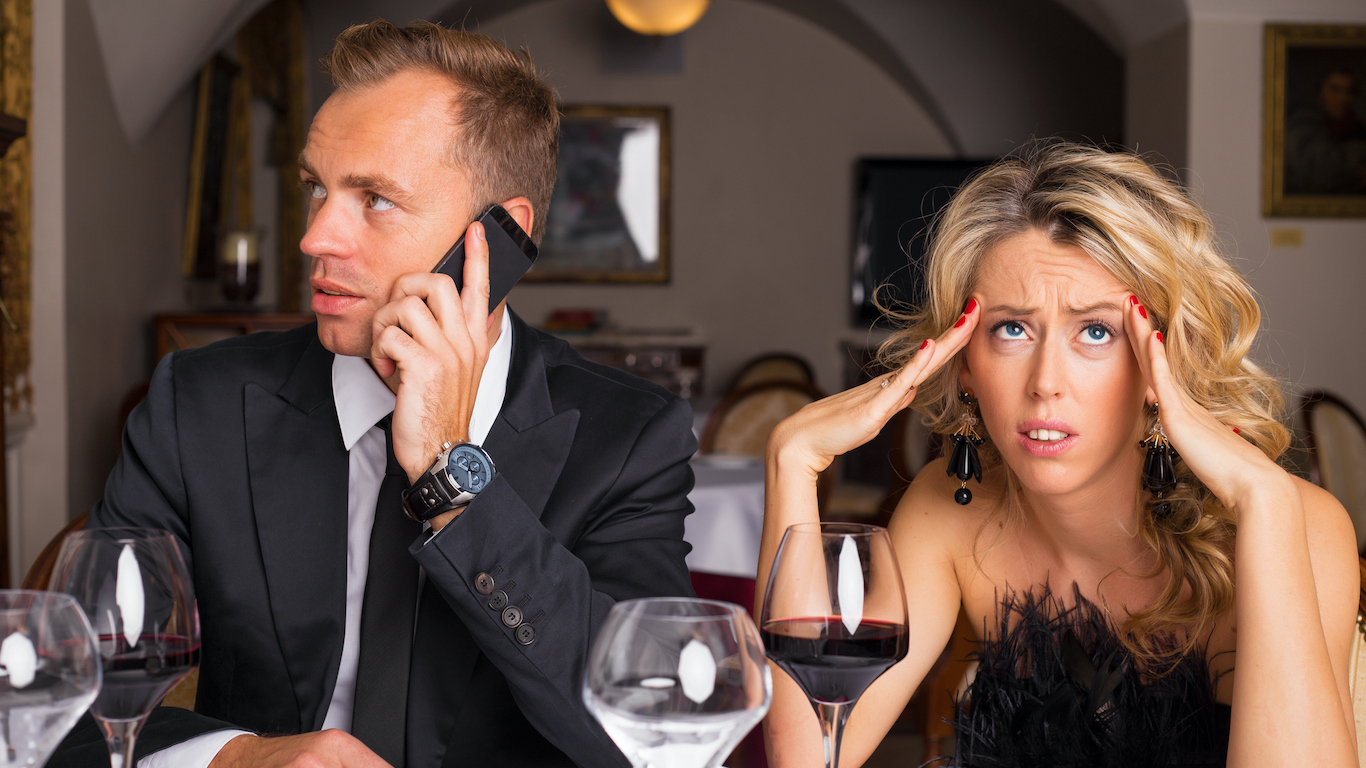
19. Make or take phone calls at the table
Yes, yes, we know. It’s very important for you to be connected to your office/children/BFF almost constantly — but a table at a nice restaurant isn’t the place to do it. If someone calls you, don’t answer (or answer and apologize for not being able to talk until later); and don’t initiate a call unless it’s an emergency. And no, no texting either.
[in-text-ad-2]
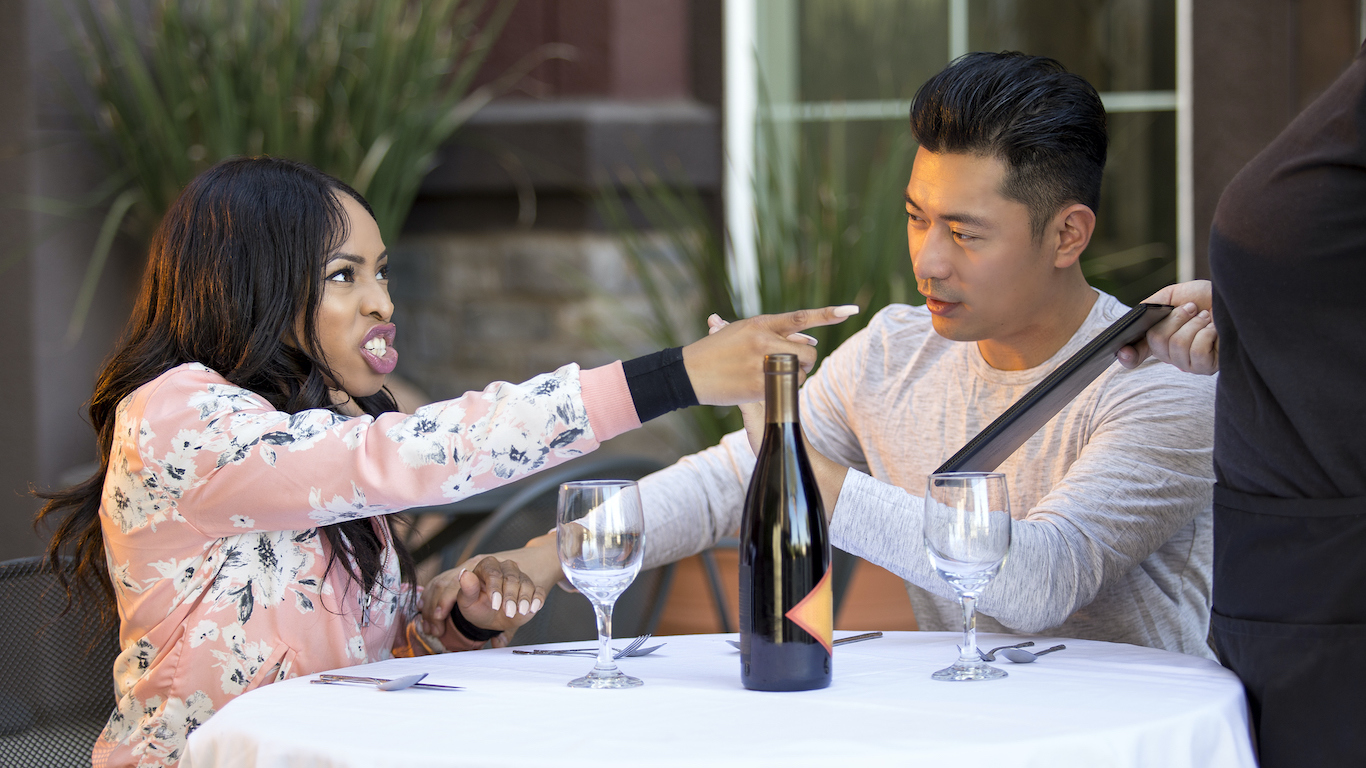
20. Treat the server rudely
There’s just no excuse for this. Servers have a tough job. You’re not better than they are just because you’re sitting at the table. Ask, don’t demand. Be polite.

21. Touch or otherwise act inappropriately with the server
This should go without saying, especially in the #MeToo era. Respect your server, and observe sensible boundaries. If you think he or she is flirting with you, remember that that’s more likely a technique to get a bigger tip than an expression of burning desire.
[in-text-ad]
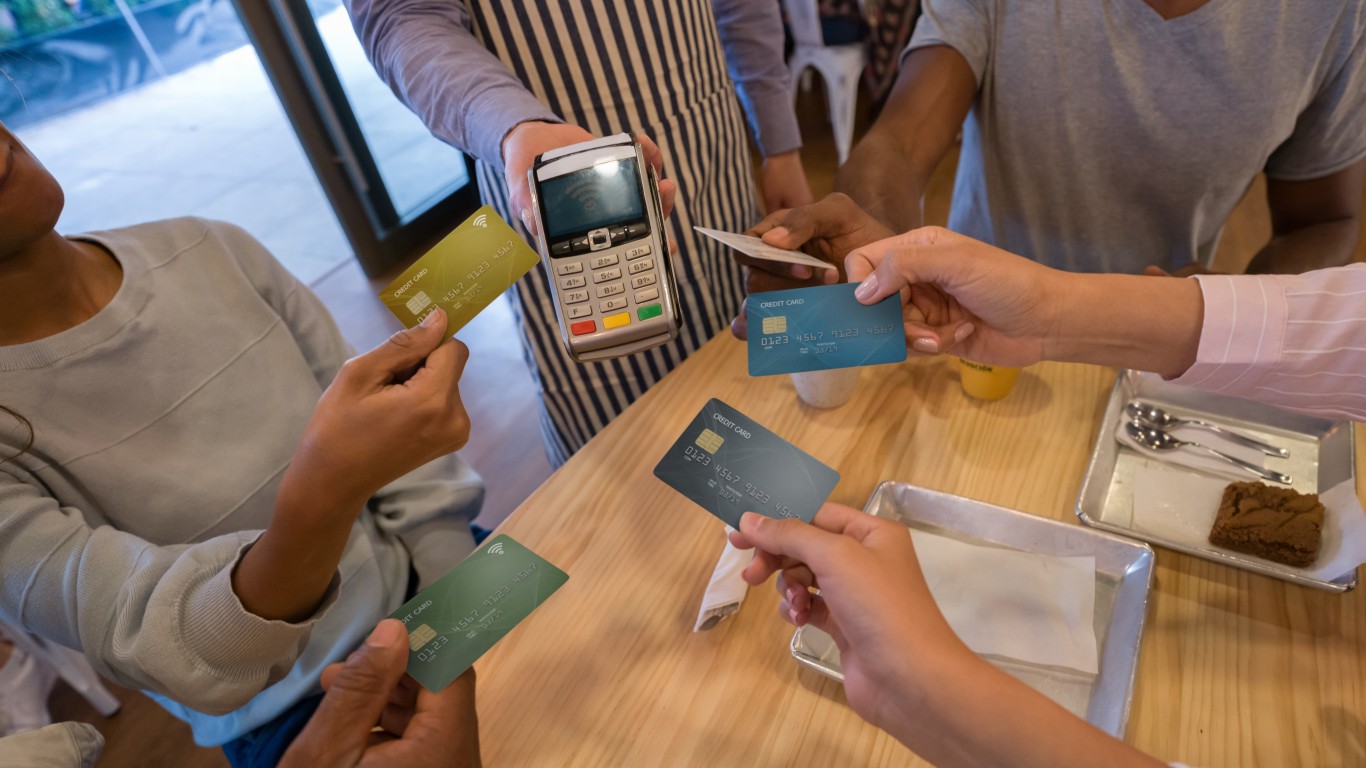
22. Ask for too many separate checks
These days, when two people go out together for personal reasons, on a date or just as friends, it’s common and perfectly acceptable to ask for two checks and split the bill down the middle (please, none of this “You had the $25 fish and I only had the $19 chicken” stuff). A whole tableful of diners? Forget it.
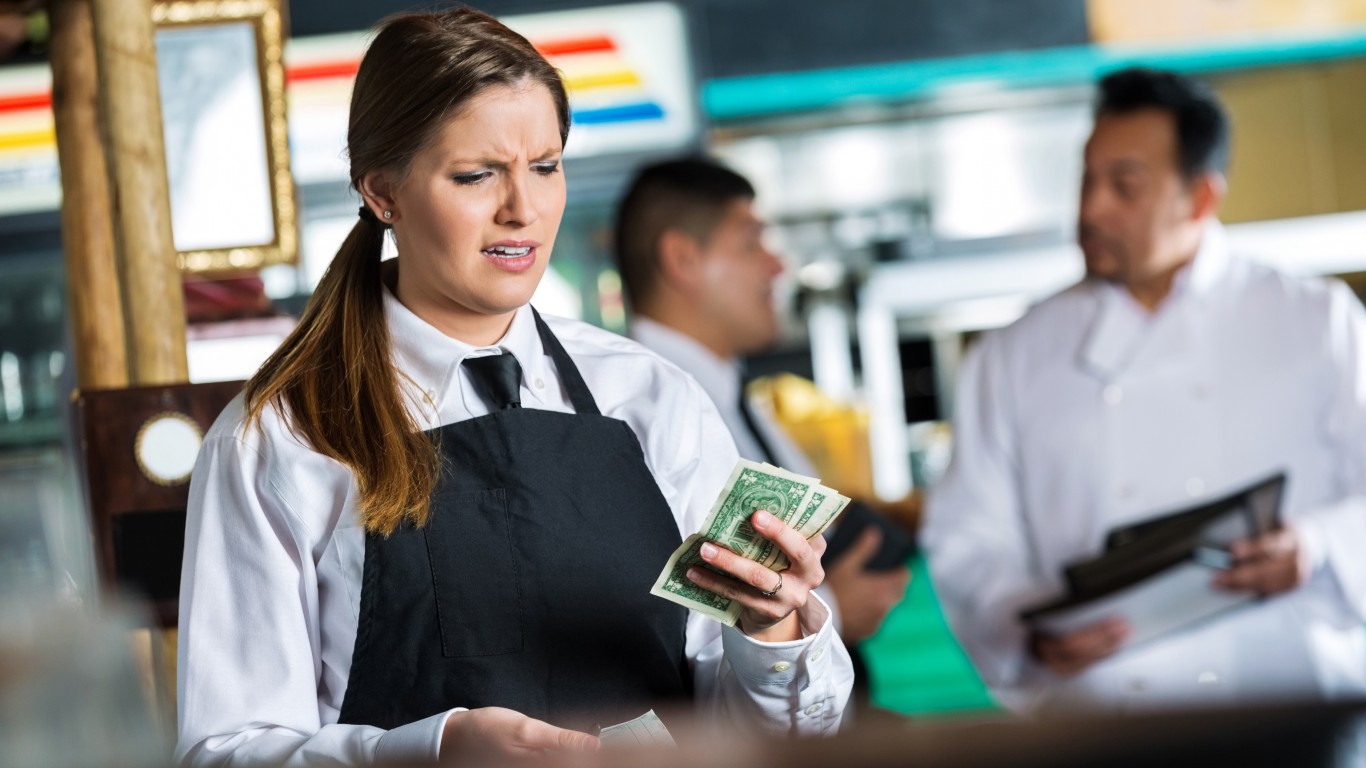
23. Tip on food only
Some people have somehow gotten the idea that the tip should be based on a percentage of the food cost only, not including the sales tax. This is called nickel-and-diming, and should be beneath you. Anyway, chances are the server needs the extra few bucks more than you do.
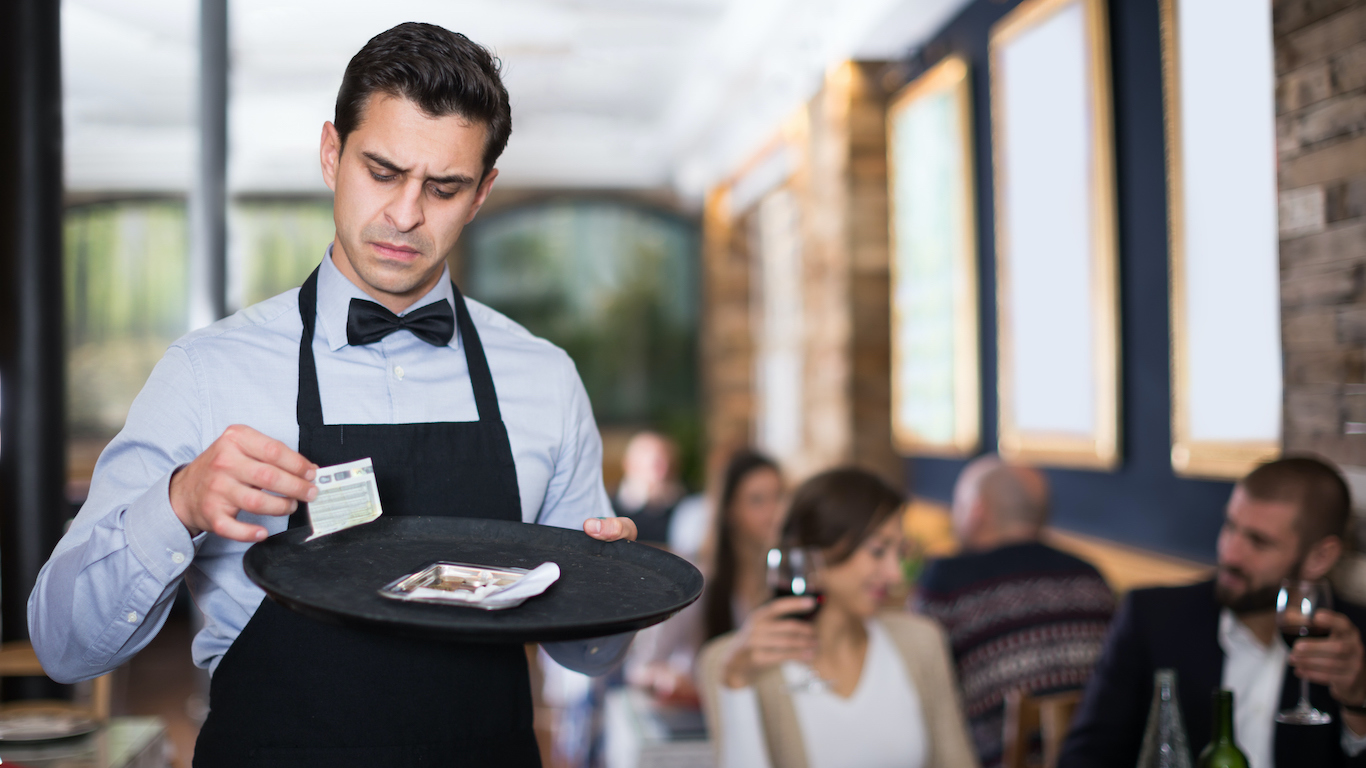
24. Stiff the server
Some restaurants have started including service charges in the cost of their dishes so that servers can be guaranteed a fair working salary. In most places, though, the people who wait on your table work for far less than minimum wage, with the shortfall theoretically made up for by the gratuity. Don’t be a skinflint, even if you have complaints about the service. (If you have a truly bad experience with a server, leave a minimal tip — say 10% — and let the manager know.)
[in-text-ad-2]

25. Linger too long at the table
In Europe, and in some high-end restaurants in this country, your table is yours throughout the lunch or dinner period. The economics of most American restaurants, though, demands that they turn the tables at least once for each meal. Once you’ve enjoyed your repast and paid the check, it’s time to go so that somebody else can enjoy the experience. If you want to keep talking, repair to the bar or lounge.
Travel Cards Are Getting Too Good To Ignore (sponsored)
Credit card companies are pulling out all the stops, with the issuers are offering insane travel rewards and perks.
We’re talking huge sign-up bonuses, points on every purchase, and benefits like lounge access, travel credits, and free hotel nights. For travelers, these rewards can add up to thousands of dollars in flights, upgrades, and luxury experiences every year.
It’s like getting paid to travel — and it’s available to qualified borrowers who know where to look.
We’ve rounded up some of the best travel credit cards on the market. Click here to see the list. Don’t miss these offers — they won’t be this good forever.
Thank you for reading! Have some feedback for us?
Contact the 24/7 Wall St. editorial team.
 24/7 Wall St.
24/7 Wall St.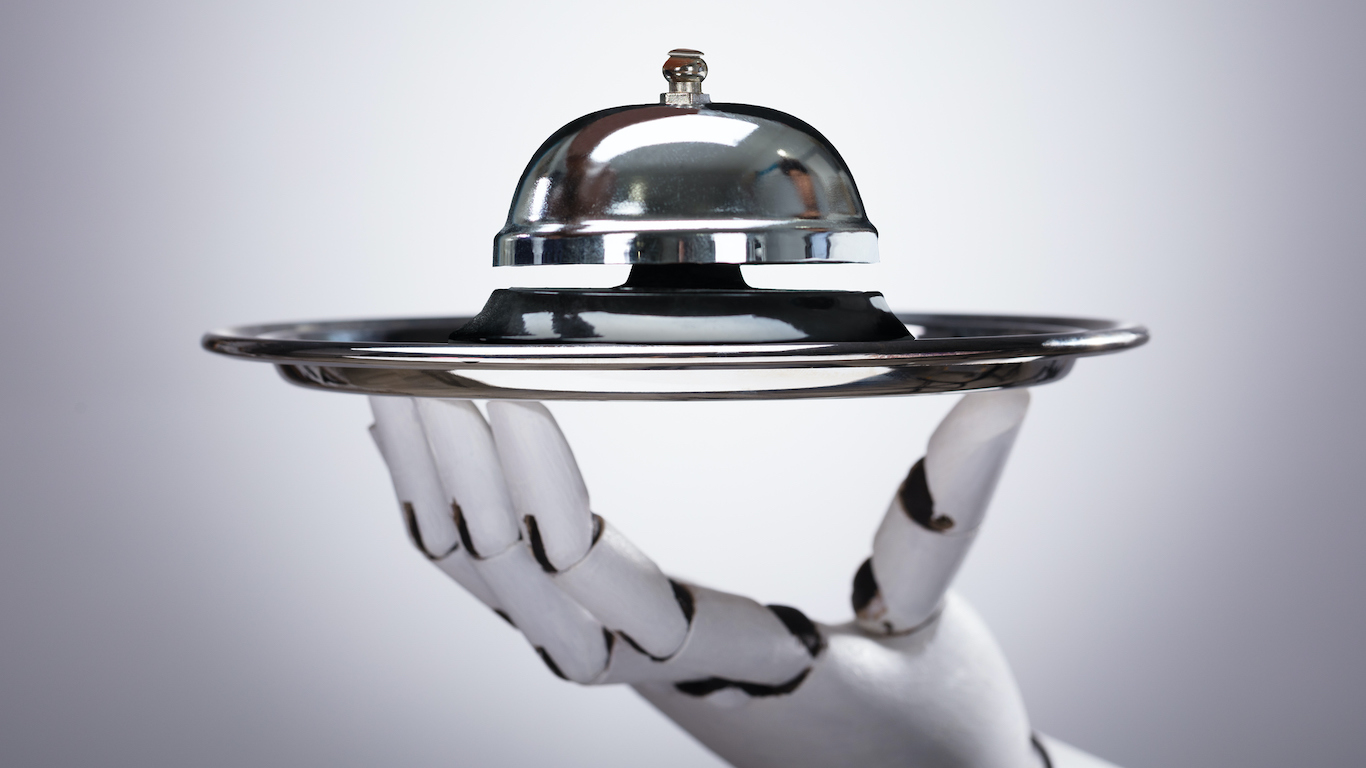 24/7 Wall St.
24/7 Wall St. 24/7 Wall St.
24/7 Wall St. 24/7 Wall St.
24/7 Wall St. 24/7 Wall St.
24/7 Wall St.

